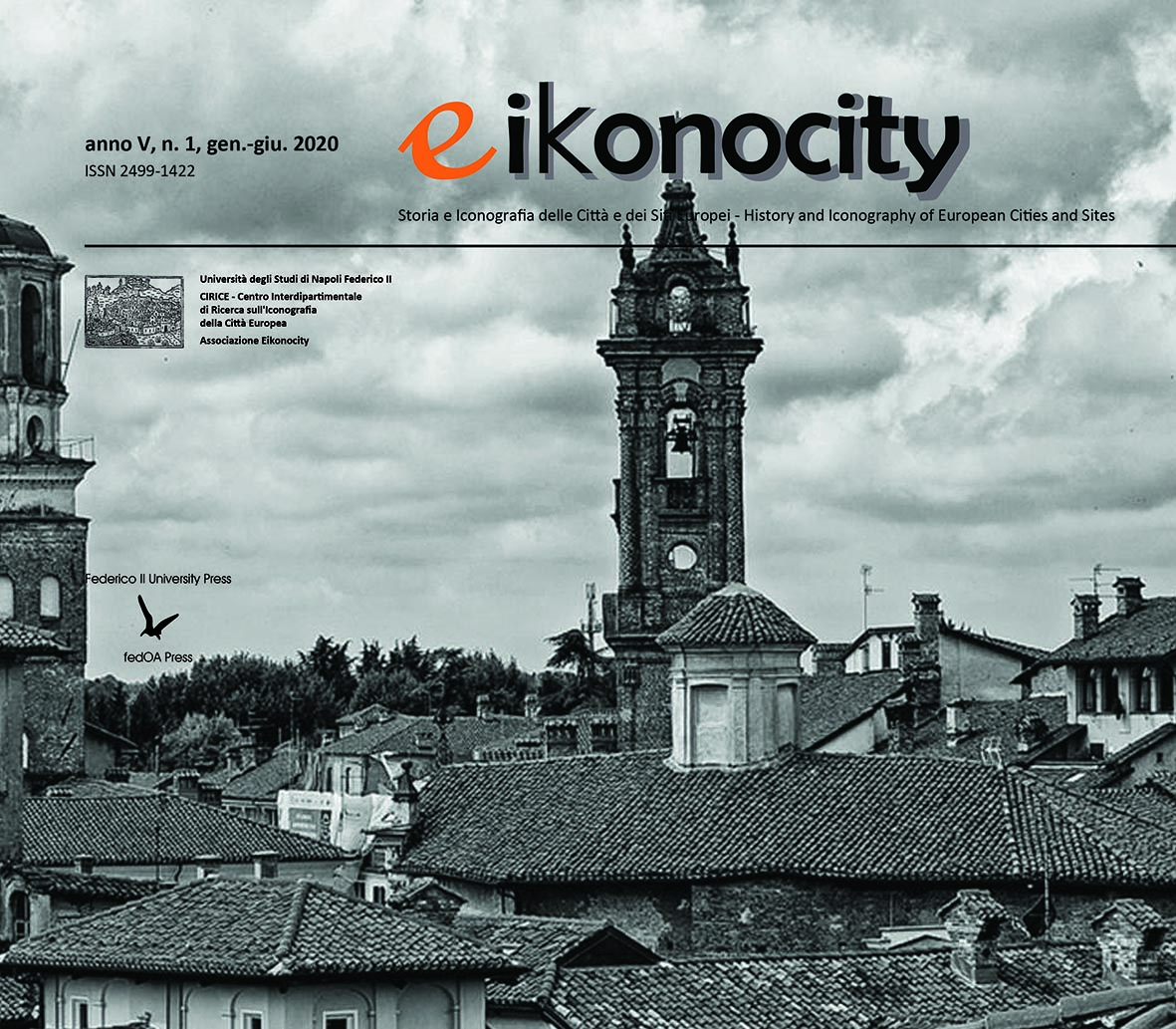Civic towers in medieval urban landscape in Northern Italy: architectures as urban identities
Abstract
Towers (campaniles, seigniorial, military towers) characterize the panorama of the Italian medieval towns and urban centers. The presence of towers in Northern Italy is substantially different in the communal and seigniorial cities; in the latter, the symbols of the religious power contrast with the secular one, but little space is given to the town noblemen to be represented through buildings of remarkable impact in height. In the communal towns, where the public administration government is entrusted to the families of greater importance and political weight, the urban tissue is enriched by a "crowd" of towers. Bell and civic towers were, in fact, visual poles, authentic topoi of the city skyline: these are important key-elements in the urban formation process. My article was intended to examine: -the significance of the bells and towers of the urban image of medieval cities: their presence in the urban landscape, reciprocal relations and architectural and design choices.- the relationship between architecture and patronage in the choices made for the building of towers within the medieval urban tissue. The longer-range research developed in the last few years on the territory of North-Western Italy resorts to documental, iconographic and material sources and analysis. In particular, the study is attempting to identify the references of architectural languages which belong to every type of tower (religious, communal or private). The iconography of Modern Age often reports a still unchanged status quo in the towns of medieval tows of Northern Italy. The building techniques and the solutions adopted shall allow contributing to the definition of categories linked to the choice of the patronage as related to the use and representativeness of the architecture. This paper proposes a synthesis of the research which has been developed so far with specific interest in Northern Italy, and in particular the regions of Piedmont and Lombardy, where today the towers are symbols of many cities, able to withstand any urban change, which is useful to define the lines of development which can be noticed also in many other areas of Italy.
Downloads
Copyright (c) 2020 silvia beltramo

This work is licensed under a Creative Commons Attribution 4.0 International License.
Eikonocity pubblica in internet, ad accesso aperto, con licenza:
|
|
CCPL Creative Commons Attribuzione 4.0 |
L'autore conserva il copyright sul suo contributo, consentendo tuttavia a chiunque "di riprodurre, distribuire, comunicare al pubblico, esporre in pubblico, rappresentare, eseguire e recitare l'opera", purché siano correttamente citati l'autore e il titolo della rivista. L’autore, al momento della proposta di pubblicazione, è inoltre tenuto a dichiarare che il contenuto e l’organizzazione dell’opera è originale e non compromette in alcun modo i diritti di terzi, né gli obblighi connessi alla salvaguardia di diritti morali ed economici di altri autori o di altri aventi diritto, sia per testi, immagini, foto, tabelle, sia per altre parti di cui il contributo può essere composto. L’autore dichiara altresì di essere a conoscenza delle sanzioni previste dal codice penale e dalle leggi speciali per l’ipotesi di falsità in atti ed uso di atti falsi, e che pertanto Eikonocity è esente da qualsiasi responsabilità di qualsivoglia natura, civile, amministrativa o penale, e sarà dall'autore tenuta indenne da qualsiasi richiesta o rivendicazione da parte di terzi.




